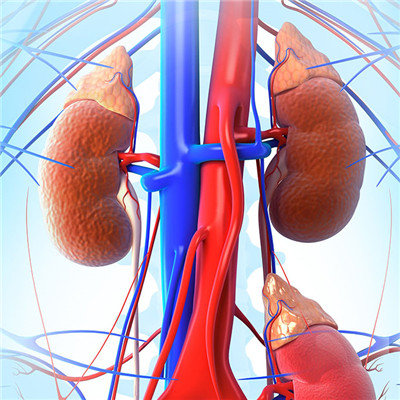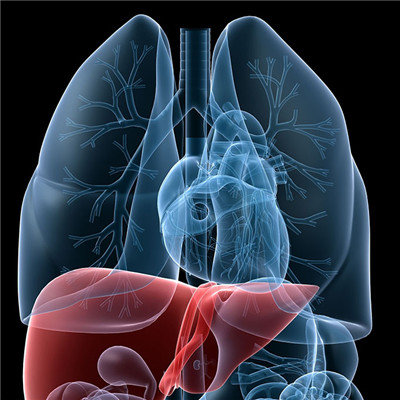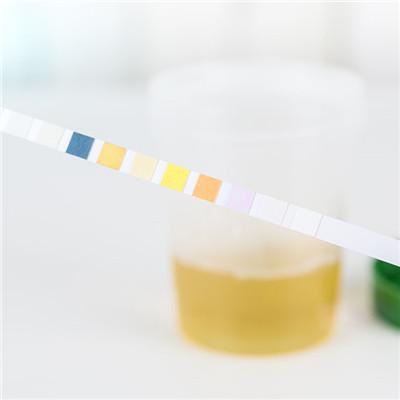Pictures of early symptoms of conjunctivitis?
summary
How to correctly identify the symptoms of conjunctivitis, on weekdays must be more care and maintenance of their own body, for the early detection of this common eye disease and timely treatment is important. Conjunctivitis according to the cause of different symptoms are different, let's share the early symptoms of conjunctivitis picture?.
Pictures of early symptoms of conjunctivitis?
First, conjunctival congestion can be caused by a variety of factors, including infection, chemical smog, wind, ultraviolet radiation and long-term local medication, which is a common sign of acute conjunctivitis. Conjunctival hyperemia is characterized by hyperemia of superficial blood vessels, especially in the fornix, which is alleviated towards the limbus of cornea. These superficial blood vessels can move with the mechanical movement of conjunctiva, and hyperemia disappears after local administration of epinephrine.

Second: conjunctival secretions a variety of common signs of acute conjunctivitis, secretions can be purulent, mucopurulent or serous. At first, the secretion was thin serous. With the increase of goblet cells secreting mucus, inflammatory cells and necrotic epithelial cells, the secretion became mucinous and purulent. Gonococcus and meningococci are the pathogens that often cause purulent secretions. Other pathogens usually cause mucopurulent secretions. Because mucopurulent secretions can tightly adhere to eyelashes, so that eyelid edge stick together, patients wake up in the morning, can appear difficulty in opening their eyes, suggesting that it may be bacterial infection or chlamydia infection. The secretion of allergic conjunctivitis is thick and filamentous. The secretion of viral conjunctivitis is watery or serous.

Third: a nonspecific sign of papillary proliferative conjunctivitis. It is more common in the eyelid conjunctiva, with flat appearance, small nipple, velvet like appearance, and dome like appearance at the edge of keratoconjunctiva. Under physiological condition, some large papillae can be seen on the upper edge of the eyelid conjunctiva after turning the upper eyelid, which may be related to the lack of diaphragmatic fixed structure in this part. The papilla is formed by the folds or bulges of the hyperplastic and hypertrophic epithelium. Under the slit lamp, there are dilated capillaries in the center reaching the top and spreading in a spoke like manner. Red papillary conjunctivitis is mostly bacterial or chlamydial conjunctivitis. Conjunctival papilla of the upper eyelid is mainly seen in vernal conjunctivitis and conjunctival irritation to foreign bodies (such as sutures, corneal contact lenses, artificial cornea, etc.), while allergic conjunctivitis is also common in the lower eyelid.

matters needing attention
The above three are more common conjunctivitis symptoms, for different patients, these conjunctivitis symptoms may also have some changes, so if found, need to go to the regular hospital for early diagnosis and treatment.

















